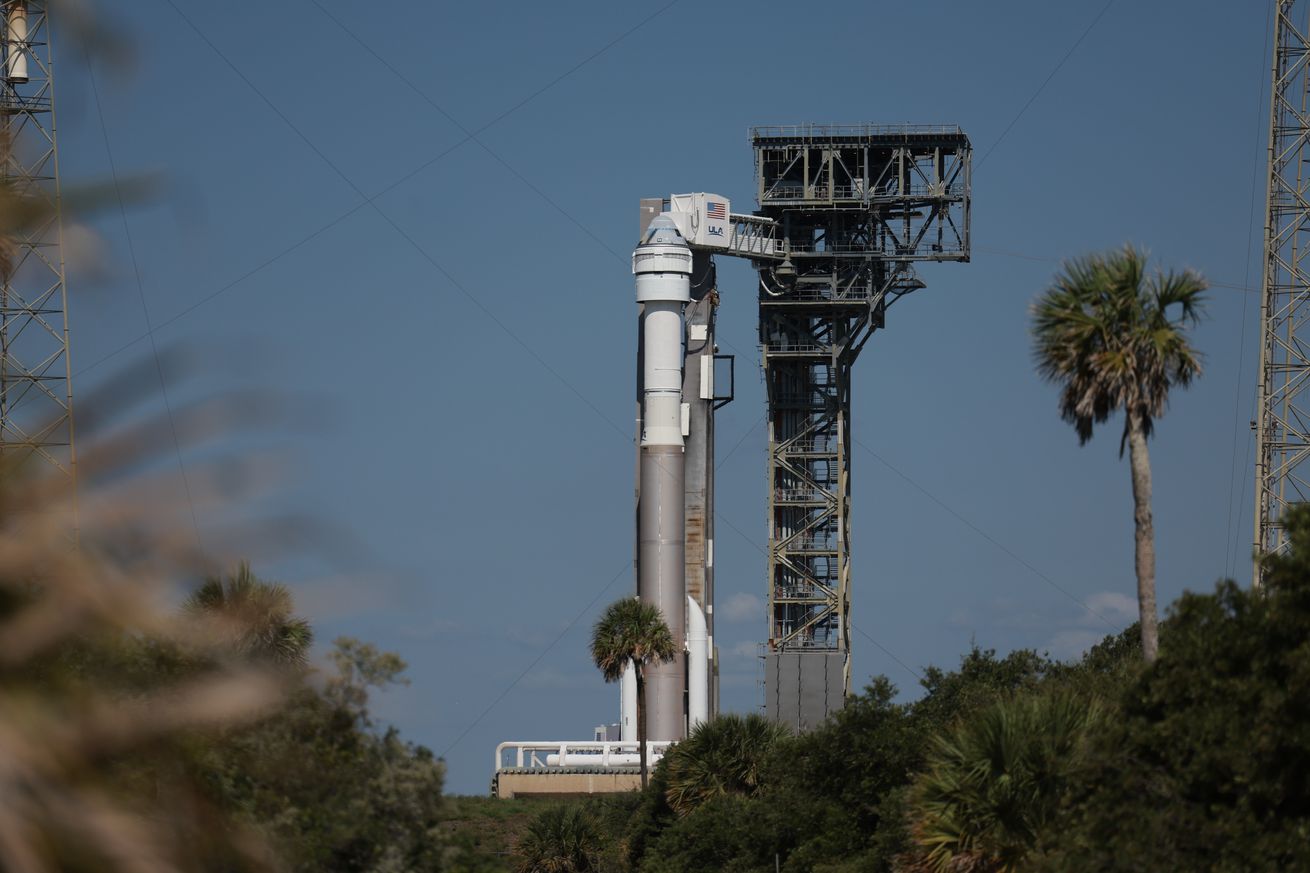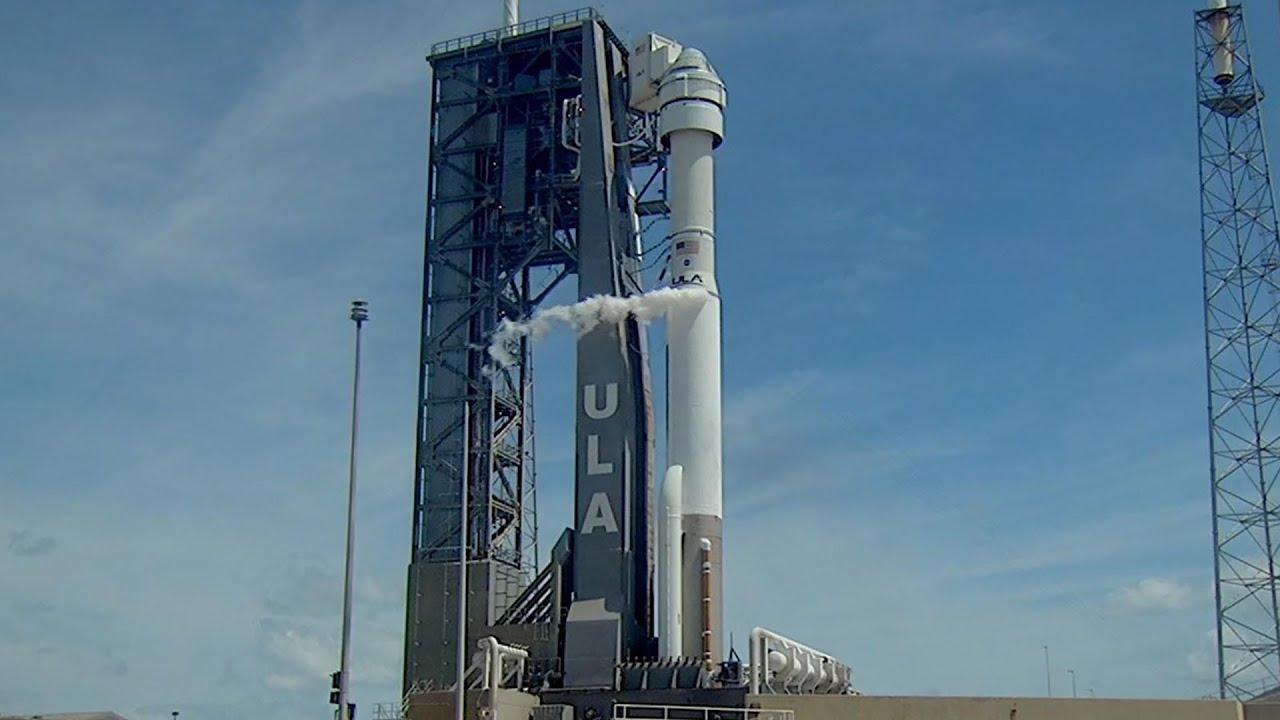Launch Details
:quality(70)/cloudfront-us-east-1.images.arcpublishing.com/cmg/VI3Z4RNUFJEONI3DGGEKQOB5QE.jpg)
Starliner launch – The highly anticipated launch of Boeing’s Starliner spacecraft is scheduled for [launch date] at [launch time] EST from the Kennedy Space Center in Florida. The mission, known as Boeing Orbital Flight Test-2 (OFT-2), will mark a significant milestone in the development of Starliner as a commercial crew transportation system for NASA.
The spacecraft will be launched atop a United Launch Alliance Atlas V rocket. Starliner is designed to carry up to four astronauts to and from the International Space Station (ISS) and is intended to provide a safe, reliable, and cost-effective means of human spaceflight.
Mission Objectives, Starliner launch
The primary objective of the OFT-2 mission is to demonstrate Starliner’s ability to autonomously dock with the ISS, remain docked for several days, and safely return to Earth. The mission will also test the spacecraft’s systems, including its propulsion, navigation, and communication systems.
In addition to the primary objectives, the OFT-2 mission will also carry out a number of secondary objectives, including:
- Testing the spacecraft’s ability to perform a variety of maneuvers, including rendezvous, docking, and undocking.
- Evaluating the spacecraft’s life support systems, including its environmental control and life support systems.
- Conducting a series of experiments to gather data on the spacecraft’s performance and the effects of spaceflight on humans.
Mission Progress: Starliner Launch

The Starliner spacecraft successfully launched on a United Launch Alliance Atlas V rocket from Cape Canaveral Space Force Station in Florida. The launch marked a significant milestone in the development of the Starliner program and its goal of providing safe and reliable human spaceflight to and from the International Space Station.
During the launch phase, the Starliner spacecraft experienced several key milestones and events. These included the ignition of the Atlas V rocket’s engines, the separation of the Starliner spacecraft from the rocket’s upper stage, and the deployment of the spacecraft’s solar arrays. The spacecraft’s trajectory and communication systems were also successfully established, allowing engineers on the ground to monitor the spacecraft’s progress.
Spacecraft Status
As of the latest update, the Starliner spacecraft is operating nominally and is on track to rendezvous with the International Space Station. The spacecraft’s systems are functioning as expected, and the crew is in good health. The spacecraft is expected to dock with the space station on July 30, 2023, where it will remain for a six-month mission.
Challenges and Setbacks
During the launch phase, the Starliner spacecraft did not experience any major challenges or setbacks. However, engineers did observe a minor anomaly with one of the spacecraft’s thrusters. The issue was quickly resolved, and the spacecraft continued on its planned trajectory.
Impact and Significance

The successful launch of Starliner marks a significant milestone in the advancement of space exploration and the commercial space industry. This mission has far-reaching implications for scientific research, international cooperation, and the future of space travel.
Commercial Space Travel and Reusable Spacecraft
Starliner’s design as a reusable spacecraft paves the way for more cost-effective and sustainable space missions. By reducing the need for multiple single-use launch vehicles, reusable spacecraft can significantly lower the costs associated with space exploration. This cost reduction will open up new opportunities for commercial space companies and make space travel more accessible to a broader range of entities.
Moreover, the success of Starliner demonstrates the viability of reusable spacecraft for commercial space travel. As the technology matures, it is likely to lead to the development of more advanced and efficient spacecraft, further fueling the growth of the commercial space industry.
Scientific Research and International Cooperation
Starliner’s mission will contribute to a wide range of scientific research, including studies on human health in space, the effects of space radiation on biological systems, and the exploration of Mars and other celestial bodies.
The international collaboration involved in the Starliner project highlights the growing importance of cooperation in space exploration. By working together, countries can pool their resources, expertise, and technology to achieve ambitious scientific goals that would be difficult or impossible to accomplish individually.